How to create a shared workspace?
The world of work is changing and with it, a new way to approach exchanges, collaboration and communication within th company. Creating a shared workspace is a great option in managing employees. Above all, this collaboration space should meet the needs of the company; Therefore, it is important to check the office space and know what you expect from your work space before designing and starting the project.
- Why create a shared workspace in the company?
- Human benefits of co-working space
- Business development
- Arrangement of common work space
- Office equipment and collaborative tools
- Choosing the right desk and chair for the work space
- Additional office furniture in the collaborative space
- Powerful shared IT tools
Collaborative space needs vary by company: the number of employees on the platform, the level of co-working space, the number of positions to be created, movement within the workspace, the layout of each office, and the available office equipment and office furniture varies from company to company.
Why create a co-working space in the company?
The employee needs facilities and access to perform his daily duties. Some of these facilities are:
• Computer equipment
• Access to the web and its online tools: data, files, software, messaging, etc
• Physical files and documents stored on the site
• A place to eat or rest
• Desk
Each office can be assigned to one person or freely available depending on the time of presence of different employees. This shared workspace, also called a collaborative platform, has become the focal point of the company's activities over the years. By creating shared workspaces, you can save a lot on initial costs such as equipment and office furniture, as well as other costs such as partitioning and separating spaces.
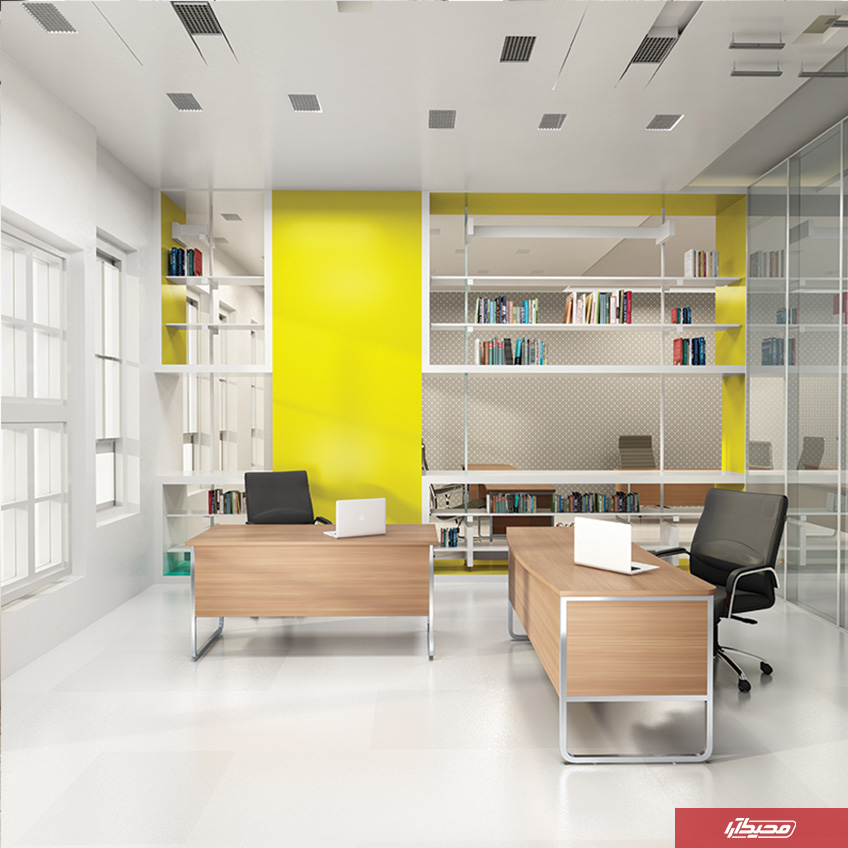
Human benefits of co-working space
A shared platform and co-working space has many advantages for a company that chooses this type of layout and use of space. Teamwork on a platform and in a common office space improves the following and has a significant effect on increasing them:
• Efficiency
• Exchange of information
• Links and relationships between employees
• work space
• Access to records
• Valuation for each employee
• Prevent possible isolation of an employee
It is also important to protect the privacy of each employee; Therefore, we can create more or less closed spaces within the shared workspace platform. In this case, these dedicated spaces will be adapted to the different needs of employees, especially in terms of privacy and at the same time interactions and information exchange.
Business development
Creating a common work platform will promote the business of the company. A co-working space is not only synonymous with work, but also a place for pleasant hours at work; Therefore, this solution is beneficial for both the company and the work team. The created common work space should convey corporate values and be in harmony with the interior design and decoration of other parts of the company. One of the other benefits of creating a shared workspace is the modern renovation of worn-out spaces or places in a modern way. Worn out or unused spaces in the company can be used in the best way. By placing modern office furniture, this space can be given a more special effect.
Arrangement of common work space
The reflection carried out in the framework of a project to create a common work space in the company goes through three basic stages.
1. Improving the workplace:
2. The feedbacks resulting from the layout of the shared workspace make the way of working in the company completely different and increase the motivation and productivity of the employees. This requires a fundamental revision of the internal layout: definition of work departments, internal restructuring work, selection of relevant departments for each employee, information to employees, etc.
2. New location:
Removal of old partitions, installation of movable structures to determine boundaries with privacy, lighting, circulation inside the platform, installation of new offices and information technology management. This operation can be done in collaboration with an interior decorator or an office supplier specializing in creating shared workspaces.
3. Decoration and collaborative space:
The project must be consistent with the image and values conveyed by the company. The choice of colors can be similar to the graphic colors of the organization's logo. Office furniture and selected materials should be innovative, modern and practical. This collection should make employees want to settle in and quickly earn their new points for better performance at work.
Office equipment and collaborative tools
Once the location of the co-working space in the office space is chosen, the next step involves choosing:
• Comfortable office desks and chairs that suit the layout of the place and the needs of the employees. Preferably, you can use ergonomic tables and chairs.
• Additional office furniture such as ceredenza, filing cabinets, meeting tables, meeting chairs, etc.
• Shared IT tools for the group and its shared folders, creating a shared platform and virtual servers.

Choosing the right desk and chair for the work space
By rearranging the place, the selection of offices is based on several criteria:
• Individual offices with armchairs.
• Special information technology offices.
• Mixed offices: information technology and personal space.
• Long tables and chairs with different functions that are used for several employees.
Each office is optimized according to its use by different employees. There are many questions to ask when choosing office furniture. Does the team need a straight back desk or a modular solution? Is partitioning necessary?
A modular office has the advantage of adapting to the number of people. It is also important to think about the spaces in the corners of the collaborative space. You can install a square table in the corners of the collaborative space to limit wasted space. In this way, you have used the wasted space in a good way.
Regarding office chairs, these chairs should be comfortable and compatible with different morphologies of users; Therefore, their design must be of high quality to withstand multiple adjustments in height or width It should have good resistance. As you mentioned before, these chairs should preferably be ergonomic in order to avoid physical injuries to employees in the long run.
To read more in this field, you can read the following articles.
Which office chair is suitable for people with back pain?
Which furniture is essential for every office environment?
Additional office furniture in the collaborative space
Despite the digital development and the possibility of storing files and documents electronically, files and office cabinets have still maintained their popularity. These useful sliding compartments are very useful for storing paper documents and documents. He also used office filings to store extra items on the desk and organize the office desk. Filing or filing cabinets in common office space can be placed near desks and other office furniture to make them easy for employees to access.
Finally, creating a cafeteria and a rest area means placing a sofa, an armchair, and a coffee table, which will be selected in the style of the rest of the furniture, it seems necessary.

Powerful shared IT tools
Shared workspace should have high performance and sufficient IT hardware and tools. Some employees may be equipped with laptops and others may use fixed computers shared by team members; But the important thing is to have enough office equipment and furniture for the needs of the employees. In addition to the computer, tools such as printers, scanners, and electrical outlets should also be available in the shared workspace of employees as needed.
FAQ
One of the most important advantages of shared workspaces is greater communication and interaction between employees and savings in creating separate spaces.
Individual offices with armchairs, special IT offices, mixed offices including IT spaces and personal space.
Kurdenza is a type of table with short legs that can be used to store tools and documents in offices.
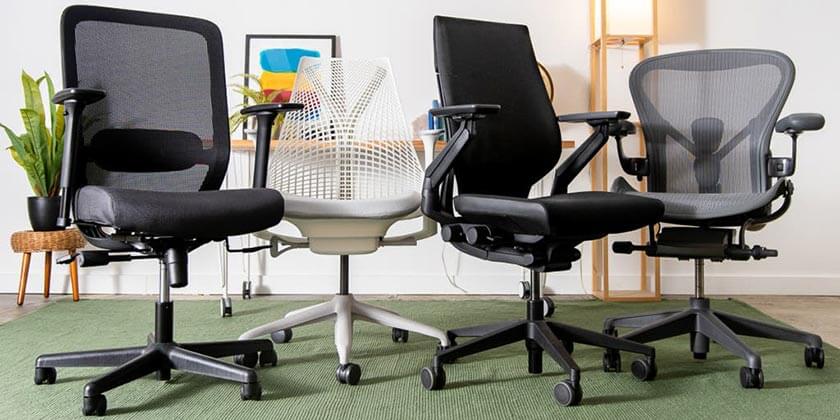
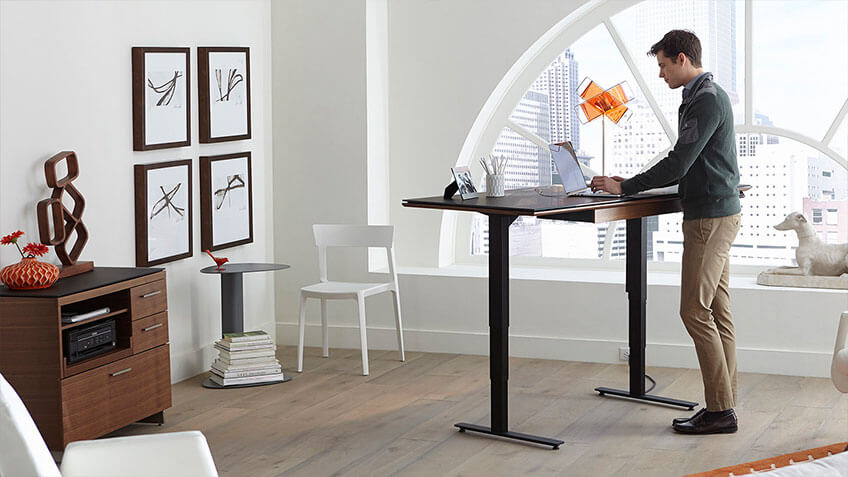

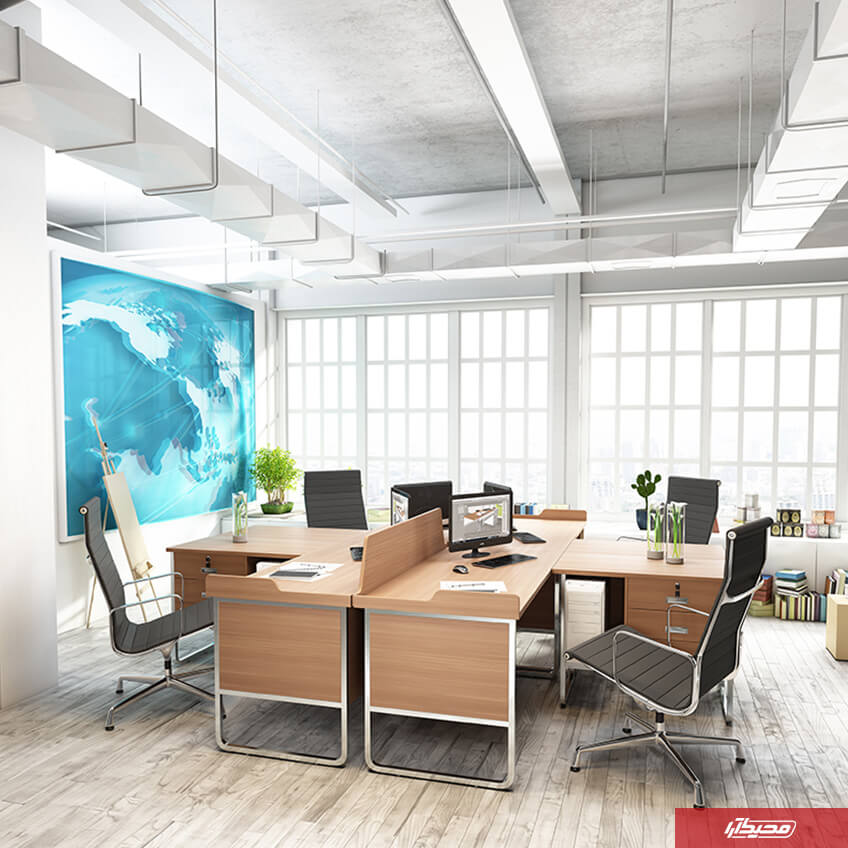
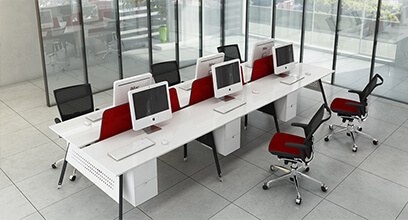


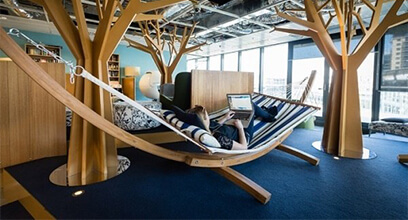
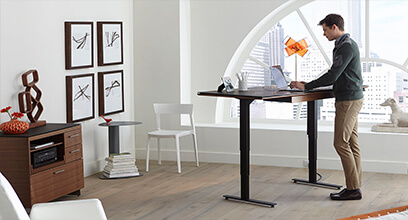
Share